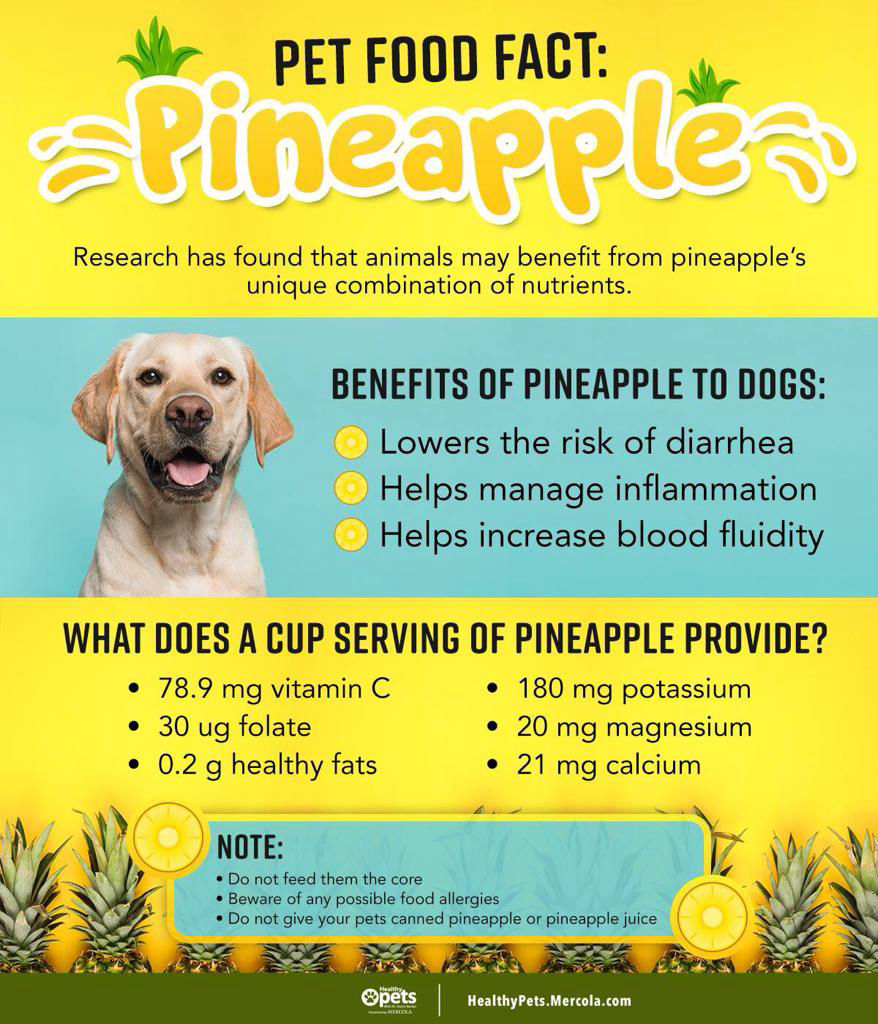
The Hluhluwe Queen Pineapple Marketing Association was established on
11 November 1988 to promote pineapples.

Current research concentrates on:
• the factors influencing the
occurrence of winter speckle
• black spot control
• nematodes control
• evaluating new cultivars
• factors causing mortality of
pineapple plants
• fertilizer programs
• inhibition of natural flowering
A diagnostic service is also rendered to the farmers where the nematode and pest status of the plants are established. Analysis of leaf and soil samples is done by the laboratory at the ITSC in Nelspruit.
The pineapple farmers can also take part in a block competition every year. The aim of this competition is to create and evaluate new and innovative cultivation techniques.
Research on the station is done by:
• Ms Elmarie Rabie - Researcher
and Officer in charge
• Mr. Musa Mbatha – M.Sc
• 5 research/farm assistants.
Postal address:
P.O.Box 194
Hluhluwe
3960
Cell: 083 294 3345
Tel: 035 562 0352
Email: erabie@mtuba.co.za
Cell: 082 095 8513
Email: mbataB@arc.agric.za